Already many are dreading the dark cloud. The seasonal changes. I happen to experience this dark cloud in the summer. I grew up in an arid environment at high elevation. Along the Great Lake of Erie, I find myself drowning in the soup people call air. In southern climes that are humid or not, I’ve always found that the people move slower and talk slower. When I was in high school, one of my classmates was an exchange student from England and when she tried to give an impression of how we Californians spoke, she drew her words out and then ended all her sentences with dude. Dude is not the norm for most Californians by the way, but how was she to know?
The waning of the Sun as the Earth tilts in late summer bringing longer nights. Instead of voicing excitement for longer stargazing nights, I’m already hearing people say, “I hate being cold, I’m soaking up as much of the last heat as possible.” Or, “I’m heading south as soon as the weather turns.”
Avoiding the dark cloud. Dreading the dark cloud.
Well, I spent a lot of time in that dark cloud this summer. The humidity was awful and for an area that doesn’t really slow down, it’s hard for me to keep up. So I don’t even try. I slow down, try not to move too much, and think and think and think.
Let’s go deeper. When the weather turns many of us turn inward spending more time inside, more time in closed up spaces, more time looking at the inside of our brains, or maybe just more time scrolling. For some, facing ourselves is difficult. And sometimes, people get lost in the dark cloud.
It doesn’t have to be winter to get lost in the dark cloud, but for many, the long winter nights are sad or lonely. The commercialized giving season feeds people greed, expectations of getting, and salvation through finding the perfect gift.
I see the dark cloud as an expression of the collective consciousness. The dream we’re all dreaming.
"We can spend our whole lives escaping from the monsters of our minds." ~ Pema Chodron
But too often the dark cloud is somewhere we put ourselves without being conscious of it. So then the subconscious mind takes over. Consider this: your gadgets probably know more about your subconscious impulses than you do. Let’s say your scrolling through any number of media sources, news feeds, image feeds, video feeds. What shows up as you scroll is based on how long it takes you to decide whether to quickly scroll, stop and look, or stop and click.
You might quickly scroll past something like a dog in a pirate suit, not because you have an aversion to dogs or pirates, but because you know that if you linger too long you’ll be seeing more images of dogs or animals in suits whether you wish to or not.
Or you might scroll past something because it evokes aversion, something you don’t want to see. Your media programs know what kinds of faces you prefer to look at, whether you like looking at certain common features or whether you are attracted to unusual facial qualities. Your media account has created a profile of you that knows what makes you pause, what makes you click. If you follow feeds, scroll through social media, scroll through the headlines, do you ever wonder how the algorithm decides what to show you next? And what is the goal of the feed? To get you hooked so that you keep scrolling, so you click and like and click and like, and maybe you’ll spend some money.
I admit social media, websites, and all of that stuff also have the capacity to link us to new ideas, creative process, and awe. The real work, the real change, the transcendent experience begins when we shut it all off and look inside or get outside. Both experiences can heal and help us find clarity.
Because the dark cloud muddies the water, obscures the picture, and tunes out what really matters. The dark cloud is a thing to transcend, moving from subconscious actions and decisions to self-aware interactions. Or perhaps moving from passive aggressive behavior or codependence to assertive and empowering behavior.
"It isn't what happens to us that causes us to suffer;
it's what we say to ourselves about what happens."
~ Pema Chodron
Lately, the dark cloud is a common theme in compelling conversations and people use different ways to describe it: the dulling of the human mind, the wandering subconscious, consensus reality, the mechanization of the human intelligence, monkey mind, the shadow, or wetiko. Also known as windigo or wiitiko, this concept from Algonquian speaking cultures describes humans that become cannibalistic monsters through greed, selfishness, and/or trauma. Today, this concept is being used to describe rampant narcissism.
Facing the dark cloud becomes a process of inner knowing, which requires a willingness to reveal the hidden self and the ways in which trauma, fear, insecurity, jealousy might be so deeply rooted that they affect a person’s ability to create positive relationships with the people they face everyday. This process of facing the dark cloud is called self-examination, shadow work, waking up in the dream, working through forgiveness, or acceptance. Some people find that they need assistance through counsel with friends or therapist, group that meet with the intent to see beyond the dark cloud, transcendent experiences (whether through physical exertion, spiritual awakening, or use of a substance or medicine).
You see, this dark cloud is also called a veil. And when the veil is pierced, or the dark cloud lifts, a moment of clarity stops everything. We call it the “ah ha” moment, an epiphany, a deep realization. And it feels like the barest sliver of enlightenment, a true moment of self-actualization, where suddenly the nature of the universe feels familiar and infinite, instead of vastly terrifying.
"Look closely at the present you are constructing:
it should look like the future you are dreaming."
~ Alice Walker
As an herbalist with a willingness to navigate the dark cloud looking for that moment of awe, I turn to many plants and mushrooms, but not the ones you might think. I come from a school of thought that all plants have healing psychoactive qualities to help us explore the discomfort that comes with healing the wounds that hold us in the dark cloud.
It’s becoming more clear now that the cure for the dark cloud is awe. So how does one become awestruck? Because studies indicate that the effects of awe are cumulative. You don’t need higher doses of awe to get the same effect, because somehow, a practice of finding awe in everyday life leads to deeper appreciation and a more profound sense of awe. Whether we provoke awe by taking a stroll in the garden, reading a book, or watching a compelling movie, the ability to feel awe increases over time.
So I offer these herbs as allies in the pursuit of awe. Yarrow is a protector, allowing for a sense of comfort in the explorations of awe. Sassafras brews a sense of tactile and creative endeavors informed by awe. Mugwort calls for your favorite dreamscapes to align with your daily life. Elder clarifies the way we see the world. And white pine allows us to expand our breath and our minds.
Yarrow, the healer’s healer, woundwort, Achilles’ herb, and spearwell, contains an a vast array of phytochemicals, which you can learn more about if you like chemistry. This chemical diversity allows yarrow to be extremely responsive to environmental factors so that the flavor and effects of yarrow extracts vary widely depending on where they grew. Remember that plants create these chemicals to protect themselves. They are affected by solar light, wind, water, temperature, and soil structure. Yarrow happens to be particularly effective at creating chemicals to help it survive and reproduce under fairly extreme environmental circumstances. For this reason, I believe that locally sourced yarrow (and other herbs) are especially effective for helping us tighten up our boundaries physiologically and psychologically. Because the story of yarrow as a force field or protector, whether placebo or not, informs our relationship with it and the changes that come when yarrow is used with intent.
Sassafras, poor maligned sassafras. Sassafras was fully enjoyed by Native Americans as a beverage to support the blood. Later early settlers, including my ancestors in the Appalachian mountains, learned to brew the root in ways that were reminiscent of their ancestral practices of brewing beer. Sassafras enjoyed superstardom in Europe for a time when it was quite fashionable to be seen drinking such a modern drink in public. But then, sassafras fell out of favor because it also happened to be used by Native Americans for syphilis (along with sweating in lodges and through hard labor, which Europeans summarily rejected). Suddenly it was no longer fashionable to be seen drinking sassafras in public. And there’s this long held belief that sassafras will poison people because researchers used large amounts of a chemical extracted from sassafras root, called safrole, to see how much it would take to kill rats. Well, it can kill rats and safrole alone can certainly endanger humans. But the reality is that safrole is also known as a precursor to MDMA also known as ecstasy. Safrole doesn’t extract well in water, so the traditional uses as a beverage have not been shown to cause poisonings. In fact, these beverages seem to be a nice way to increase awe through the creative and sensual aspects of life.
Mugwort is a dream herb. Like yarrow it contains a substance called thujone, an essential oil that has also been maligned for its toxic potential. But when used short-term with moderate doses, mugwort is generally safe for most people. However if you are pregnant, nursing, or trying to conceive, this is not the herb for you right now. That said, mugwort opens up the capacity for dreaming. This may or may not be good because some people block out dreams when they have a tendency to turn into nightmares. So consider this before hanging a bough of mugwort above your bed, or downing a cup of mugwort tea. Mugwort is a wild dreamer and magnifies what’s already there. I have found that combining it with holy basil (tulsi) gives rise to happier dreams.
Elder is the tree of fairies and fantasy. Elder brings life by creating suckers around a mother tree. Stories of the Elder Mother are common in Europe. Elder is used medicinally to clear and clarify the mucous membranes and strengthen tissues. Getting clear is another way to dispel the dark cloud. Elder clears the way for new things to happen, just avoid falling asleep under one because the stories say that the fairies are known to play jokes, and they have a funny sense of humor that is hard for humans to understand.
White pine is often a giant among trees. Tall, imposing and quite striking. The aromatics in the bark and needles expand the lungs by helping the membranes expel or dissolve stuck mucus. The feeling white pine imparts is expansive, creating an opening for new ways of being. White pines are not common in NE Ohio, but many people plant them and it only takes a small amount to create an elixir to clear your mind. White pines seem to be full of light illuminated by the Sun through the very fine needles. The expansive nature of the tree inspires deeper breathing while remaining deeply grounded.
Other conifers have similar qualities, but beware of yew, it is very toxic. Yew is ceremonially used in traditions and cultures that honor their ancestors. Sprigs are used to decorate altars, mantels, and homes during holidays.
Don’t use herbs without guidance from an experienced herbalist or health professional. This article does not intend to diagnose or treat medical conditions. Herbalism isn’t effective when it is used to replace medications, it is most effective when used according to long-held traditions with an eye to current research.




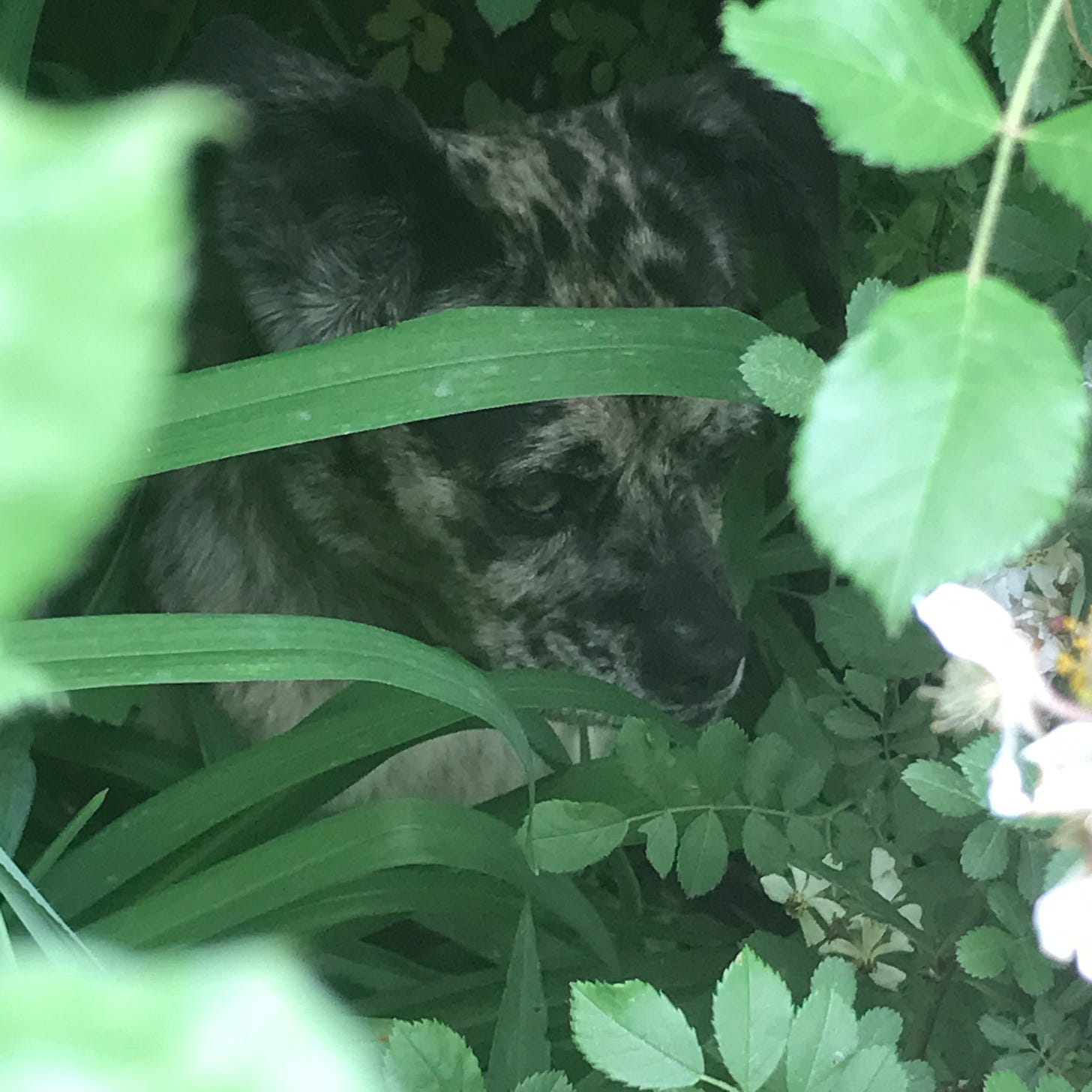

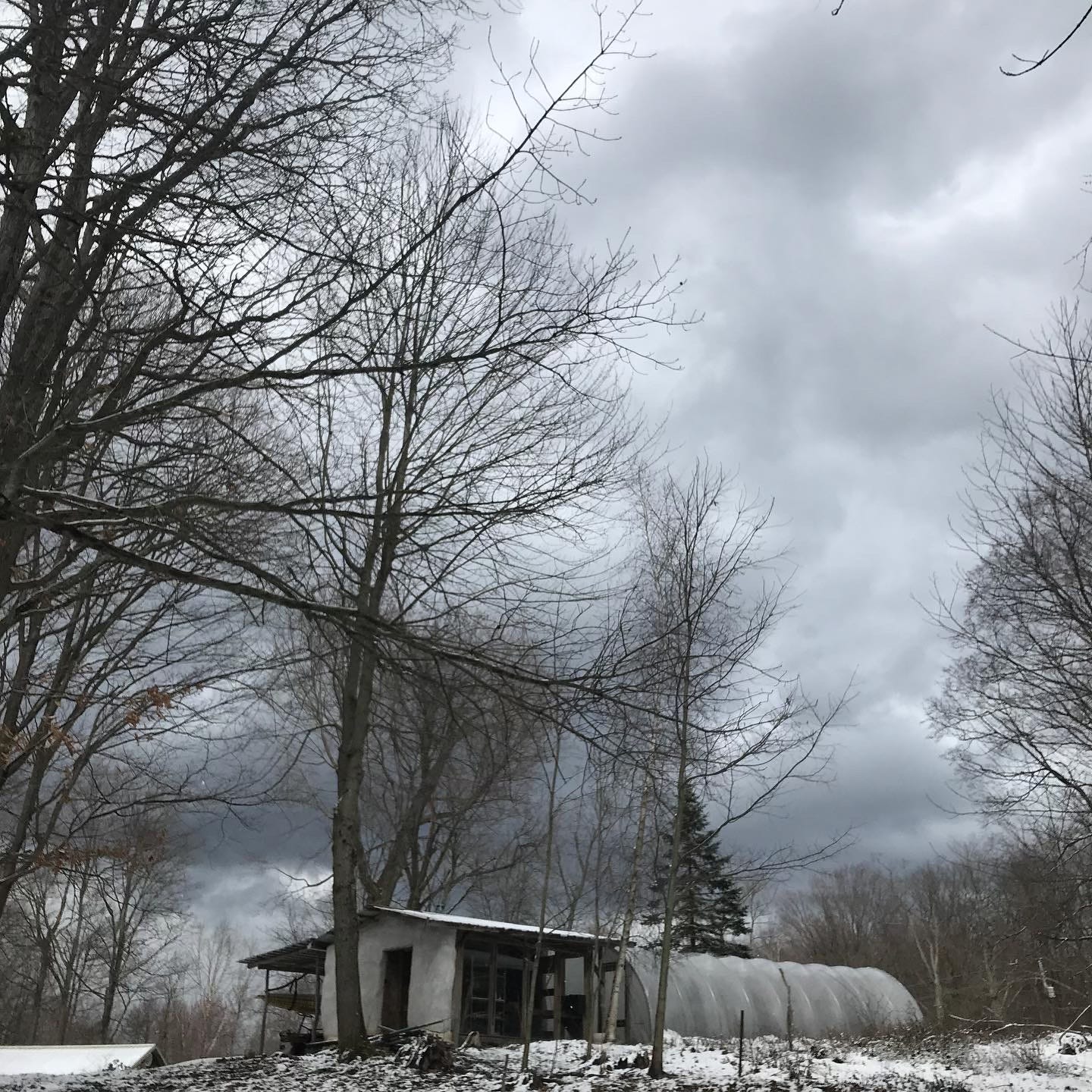

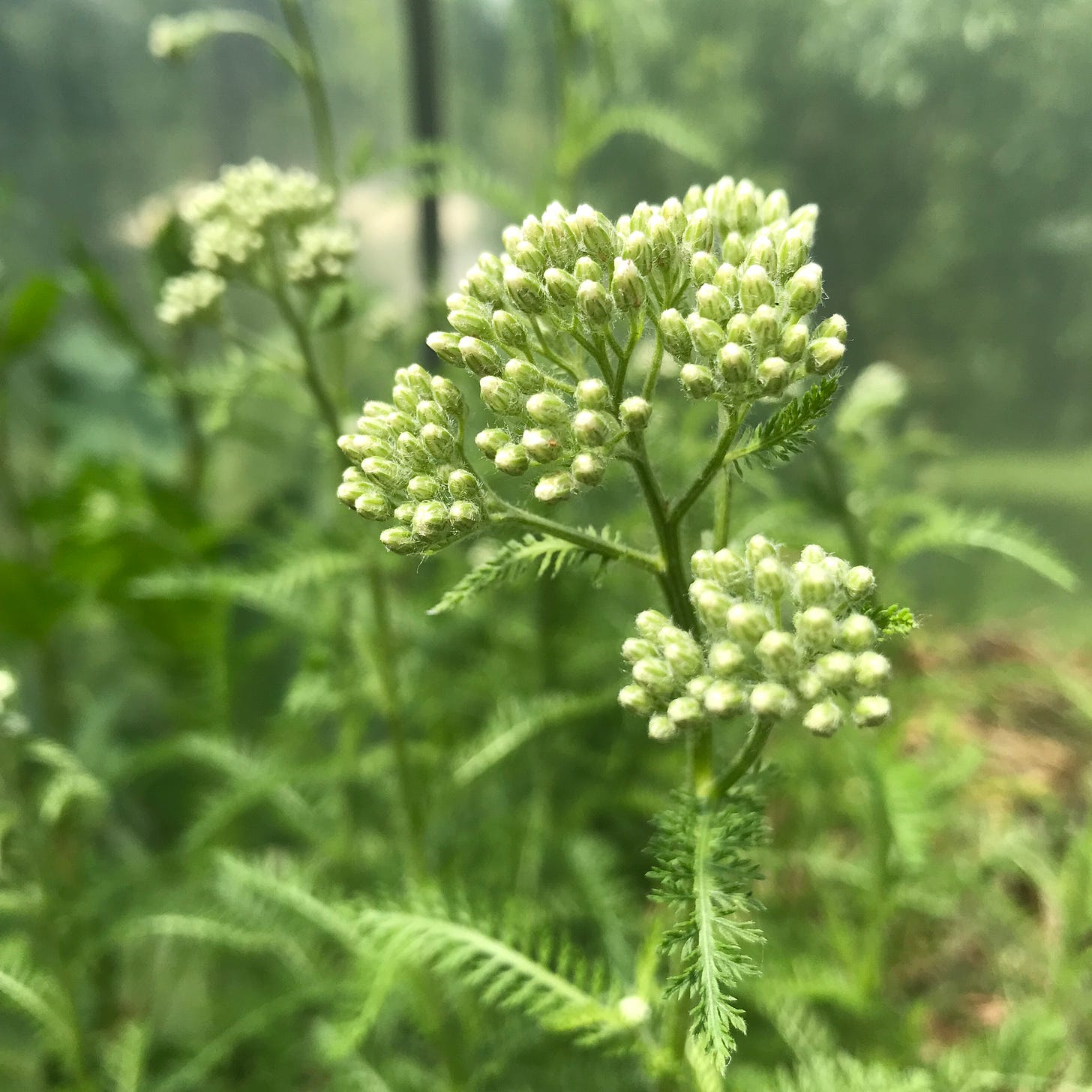

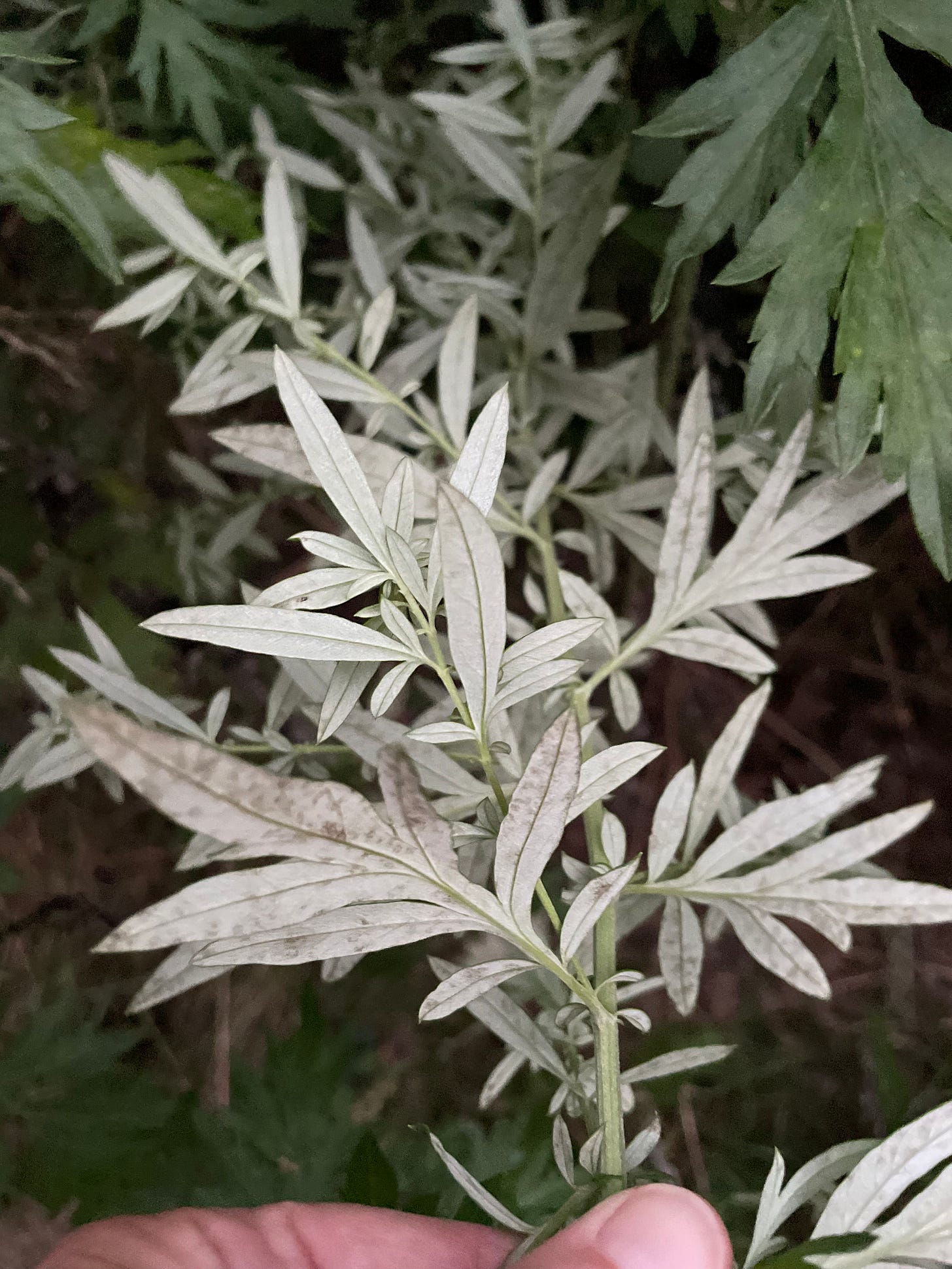
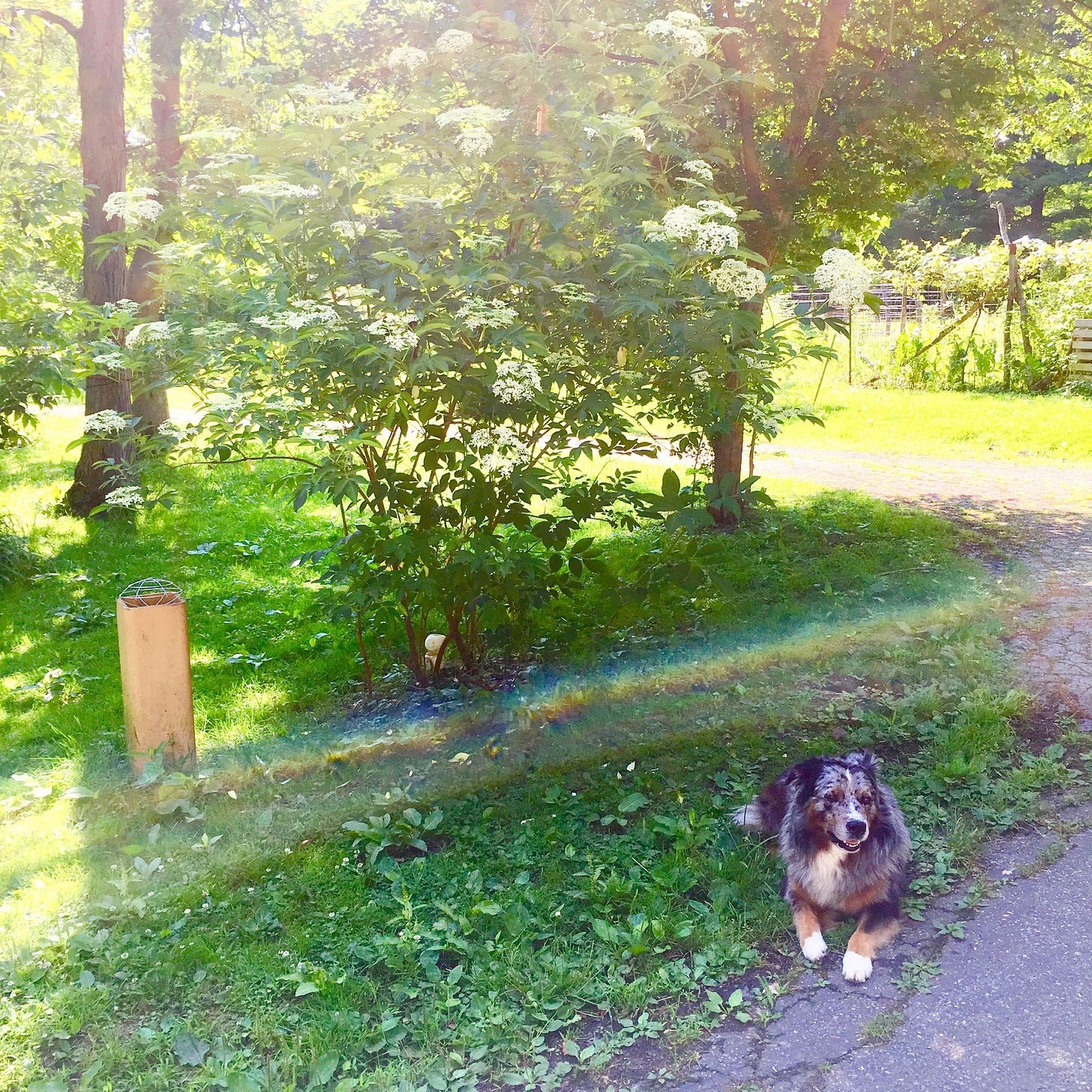
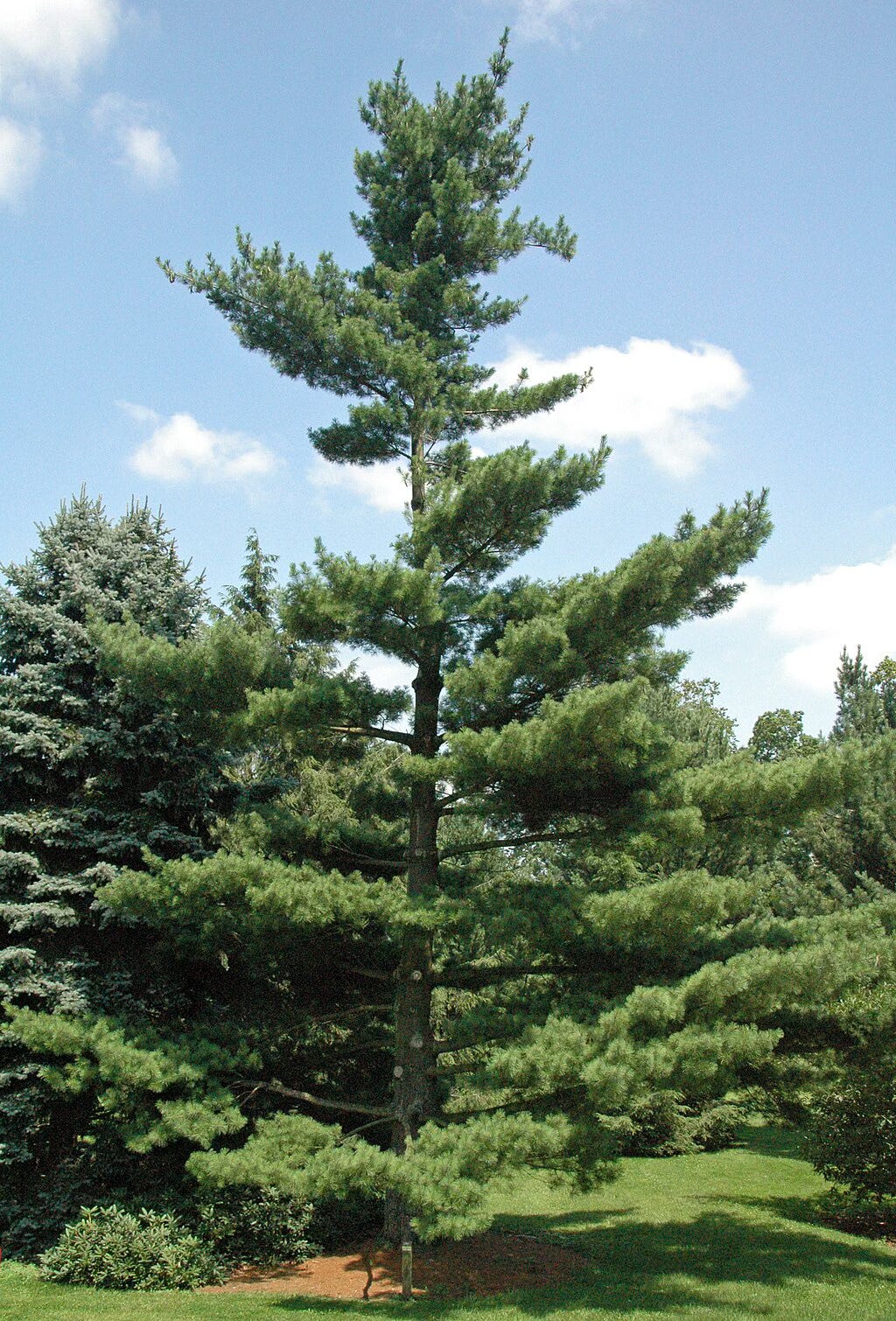

I am doing a deep dive with yarrow this winter, starting now. Formulating a blend with yarrow as the star. This article spurred the initial sense of wonder for this trek. Thanks Leah, Cris
Thank you for this quick intro essay Leah. Going through some darkness myself and much about this piece was clarifying. Wondering also how I can find out more about these herbs locally sourced in Norcal/Bay Area?